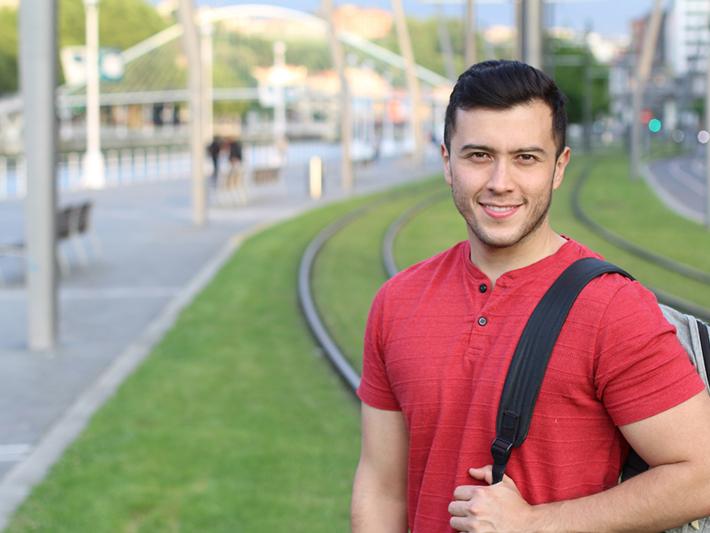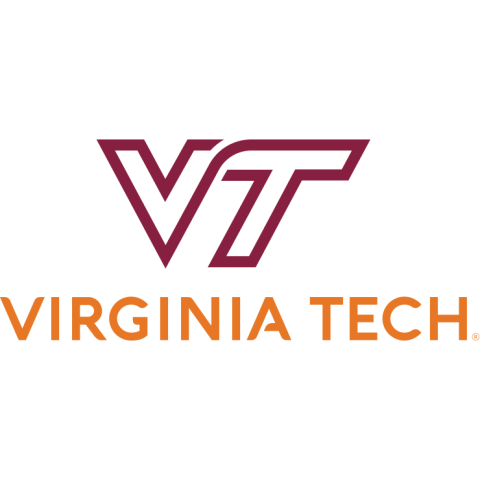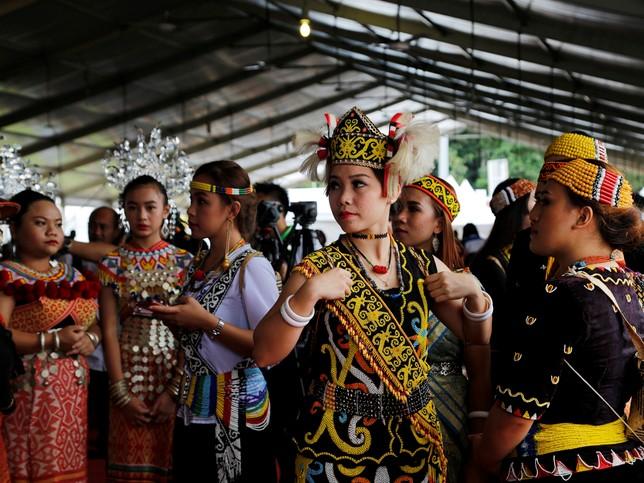
Fulfilling a mission and serving Indigenous students
You may also like
Native and Indigenous students have significantly lower higher education institution enrolment and matriculation rates than their peers across the US. Indigenous students make up only 1 per cent of undergraduates nationwide. And only 25 per cent of Native Americans hold an associate degree or higher (the rate for Americans overall is 42 per cent).
Add to this that potential students must weigh their desire to pursue an education against cultural and community responsibilities and that, according to 2022 US Census data, close to 27 per cent of Native Americans live in poverty. That’s significantly more than the rest of the country, which averages close to 15 per cent.
These statistics are representative of financial and discriminatory struggles as well as significant obstacles at the primary and secondary education levels. However, universities can take action to support Indigenous students from admission to graduation and beyond. They can enhance visibility, encourage community and ease the transition to higher education.
- Uncovering Indigenous insights: let’s research together
- Indigenising teaching and learning through the Big Five ideas of traditional knowledge
- Curriculum reform to boost under-represented students’ success in higher education
Virginia is home to 11 tribal communities, and Virginia Tech’s Blacksburg campus sits on Tutelo/Monacan Nation land. We understand that honouring Native peoples without explicit material commitments falls short of our institutional responsibilities. Sustained, transparent and meaningful engagement with the Tutelo/Monacan peoples and other Native Nations is imperative. As an institution operating on and benefiting from ancestral Indigenous land, we must make a conscious effort to support and empower Indigenous students.
Moreover, Virginia Tech is a land-grant university, and our mission includes actively reaching out to underserved communities, including Virginia's tribal communities.
I was drawn to Virginia Tech’s PhD programme because you could design your own curriculum – it was exceptionally interdisciplinary – but when I first came here in 2015, I found no real visible Indigenous community on campus. I aimed to change that. Now, as director of the Ati: Wa:oki Indigenous Community Center (ICC), I want Indigenous students to know how much opportunity is here for them.
Promising beginnings: a powwow
Universities have a role to play in increasing cultural education and visibility of Indigenous students. Along with fellow Native students and assisted by a large network of mentors in both Virginia and North Carolina, including faculty at Virginia Tech and East Carolina University, we planned an inter-tribal powwow for spring of 2017.
The powwow is now an annual event. It is a gathering full of music, dancing and friends new and old, when we celebrate traditions and amplify our history. To make sure it runs smoothly, we invite the community in addition to Virginia Tech students and staff and clarify expectations beforehand.
In 2016, I was one of the first programming assistants for the ICC, and when I took on the director role in 2018, I brought experience, networks of relationships and dedication to the position. In 2018, I presented “Building space for American Indians in higher education” at the 12th Annual American Indian Women of Proud Nations Conference. Presenting my work in my own tribal community was a proud moment. I had already been involved with Native at VT, the Native student organisation on campus I now formally advise, and all of this informed my approach in shaping the ICC.
Supporting Indigenous students
Indigenous students face challenges when transitioning to higher education that include cultural barriers, financial barriers, feelings of isolation and invisibility. They also face stereotypes and romanticisation, which can feel like being trivialised as a trope.
One way to help students feel understood and connected is to provide dedicated spaces on campus that can serve as reprieves as well as places for Indigenous students to connect with peers, access resources and engage in cultural activities. The ICC helps students transition to university and grow from the moment they arrive on campus through graduation and beyond. The goal is to effectively support students within the Indigenous community while also creating awareness across campus regarding Indigenous issues. We do this through intentional collaboration with campus partners. We also connect Indigenous students to academic assistance, counselling, health services and more.
Building community and social support is crucial for all college students. For most, college is their first time living away from home. The experience can be isolating if the student struggles to find a community to connect with, and isolation and lack of social support tend to be major reasons that students, especially marginalised students, leave college before obtaining a degree. Community centres such as the ICC are tremendously valuable in having students connect with each other. In a hierarchy of needs, learning is not prioritised until social and emotional needs are met.
Recruiting Indigenous students
Building community requires a cohort who share your experience. Since his appointment as Virginia Tech’s president in 2014, Tim Sands has supported efforts to expand the enrolment of under-represented and underserved groups at the university, including minorities, first-generation college students and those from low-income households. My appointment as ICC director coincided with a university-wide effort to recruit more Native American students, tapping into the energy and expertise of current and former Native students.
The Native at VT student group’s work is influencing the university’s recruitment of new students, travelling around the state to visit Virginia tribes at festivals, powwows and other events, building connections with Virginia tribes while also acting as ambassadors for the university. By showing up at powwows, Virginia Tech officials and students build relationships and create sparks of imagination that plant seeds among young people in those tribes. The experience is positive, even if it contributes to them attending college elsewhere.
By engaging with Native middle school and high school students during these visits, they’re demonstrating that Virginia Tech attracts talented students while also modelling the college experience for young people who may be the first individual from their family to go to college.
Melissa Faircloth is the director of the Ati: Wa:oki Indigenous Community Center at Virginia Tech. Originally from North Carolina, she is an enrolled member of the Coharie tribal community.
If you would like advice and insight from academics and university staff delivered direct to your inbox each week, sign up for the Campus newsletter.




